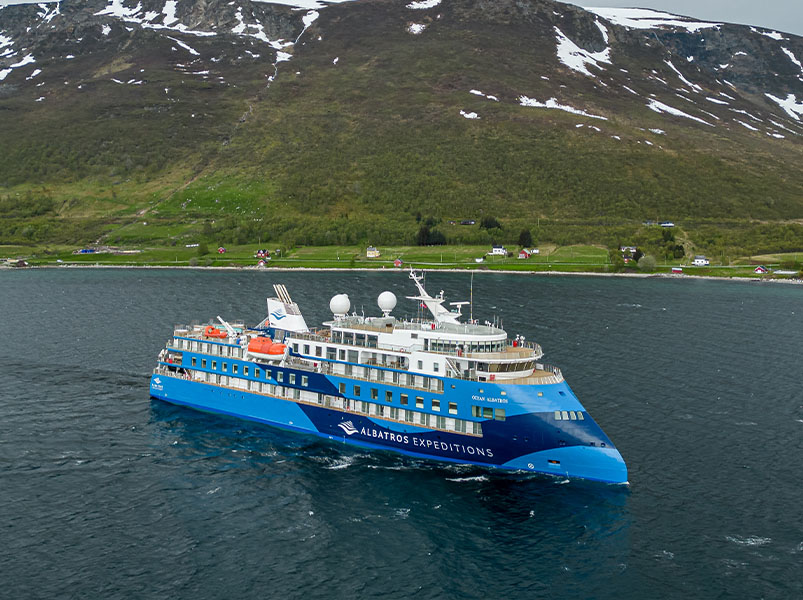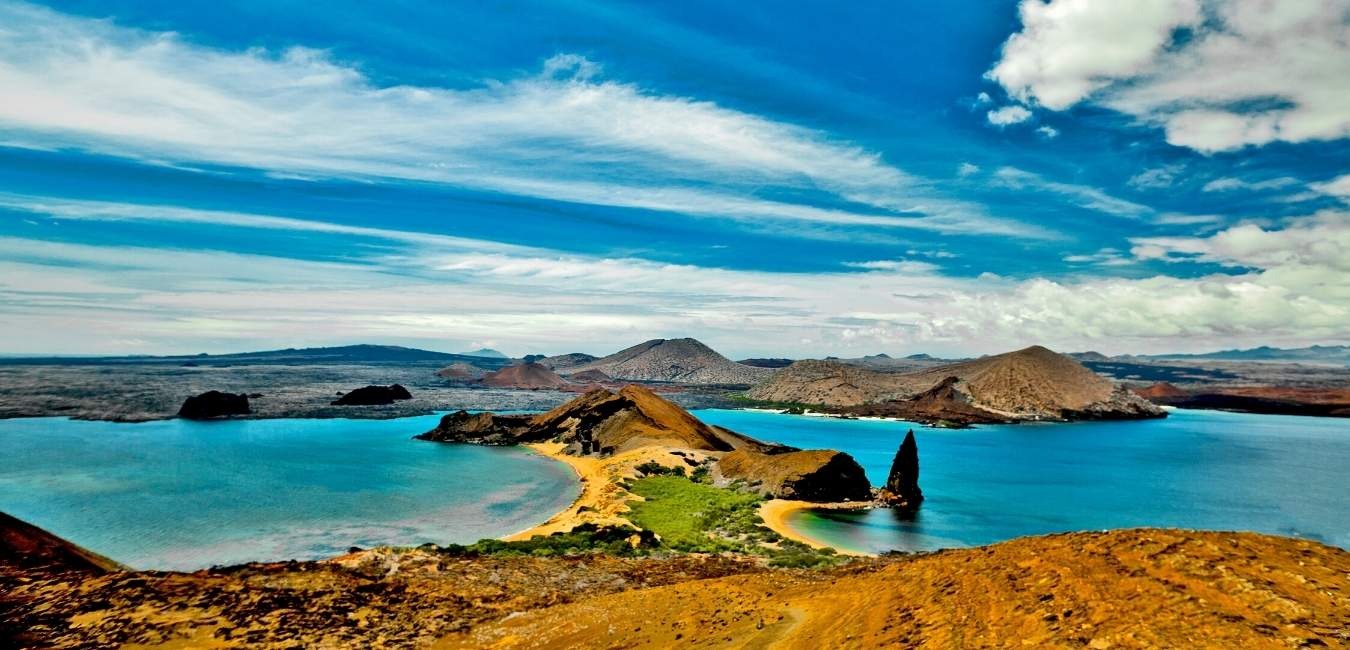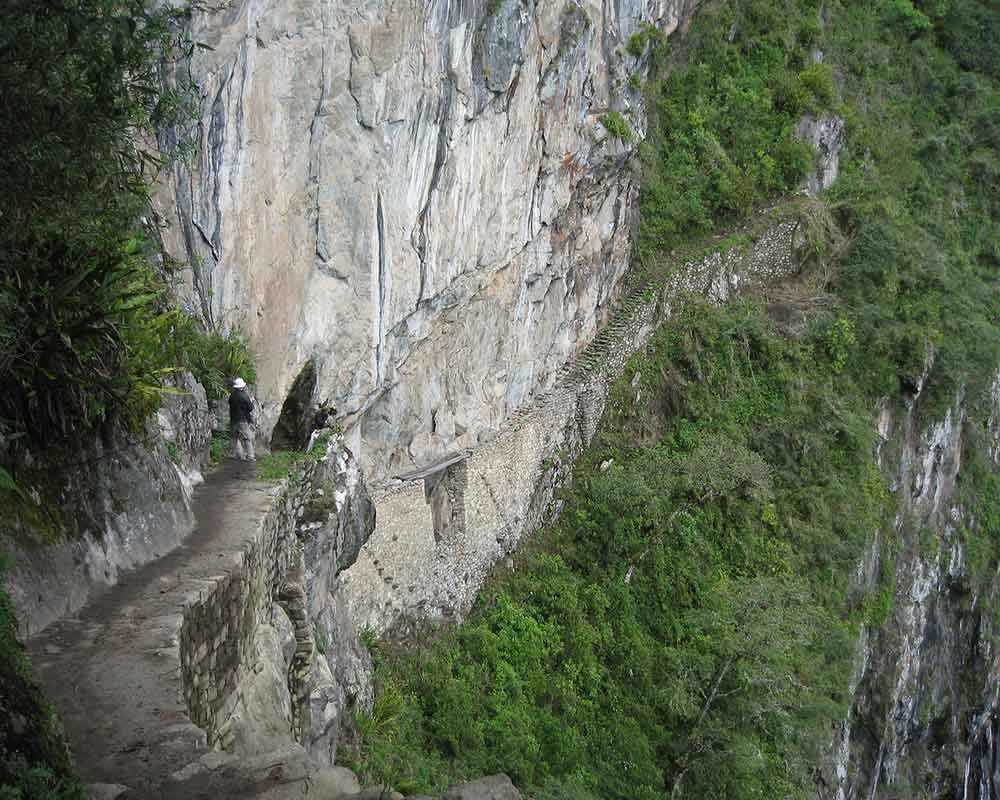
Best Time to Visit South America: A Seasonal Guide | Travel Blog
Ever found yourself starting to think about a South American adventure, only to be jolted back by the question of when to go? Don't worry, you're not alone.
We've all been there. Lured in by the promise of vibrant cultures and stunning landscapes - from Argentina's pulsating tango scene to Brazil's lush rainforests.
"But when is the best time?", I hear you ask. Well, my friends, that's where things get interesting...and this post comes into play!
This isn’t your run-of-the-mill travel advice. Here we'll unravel how seasons flip below the equator and what it means for your trip timing; why shoulder season might just become your new favorite term; or how Patagonia turns into a winter wonderland with parts nearly unreachable.
I can assure you of this.
South America Trips
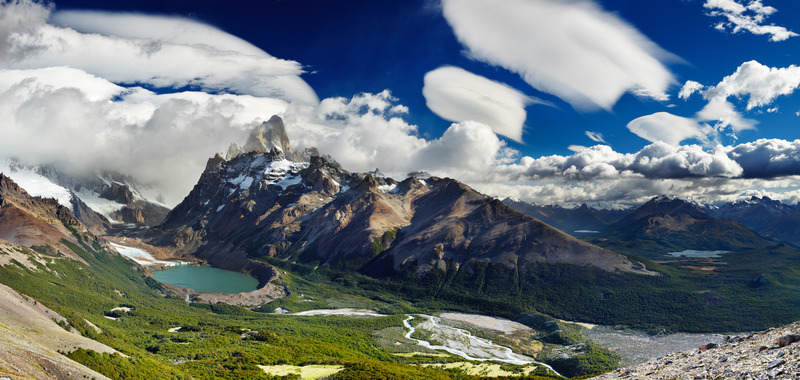 Thrilling Mount Fitz Roy and Torres del Paine Hiking Tour in Patagonia
Thrilling Mount Fitz Roy and Torres del Paine Hiking Tour in Patagonia
October - December
Request a quoteTable of content
- Understanding South America's Geographic Position
- The Seasonal Reversal in South America
- Exploring the Southern Cone
- Year-Round Travel Opportunities in Tropical and Subtropical Regions
- Patagonia's Winter Accessibility
- Embracing Shoulder Season Travel
- Witnessing Nature's Spectacle in the Far South
- FAQs in Relation to Best Time to Visit South America
- Conclusion
Understanding South America's Geographic Position
Gazing at a globe, you may notice the equator passing through Ecuador and Brazil - with about 90% of South America situated south of this imaginary line.
This geographical position impacts everything from climate to wildlife. For instance, did you know flamingos can be found in high-altitude lakes in Bolivia? But let's get back on track.

The Tilted Continent
It may surprise some folks to learn that most of South America sits below the equator. This has a profound effect on its seasons - they're flipped compared to those above the equatorial line. While we bask in summer sun up north, our friends down south are cozying up for winter.
The seasonal reversal isn't just trivia; it affects travel plans too. So when packing your bags for Ecuador, remember their warmest months aren’t June and July like us but December and January instead.
Diverse Climates Galore
You'd think being mostly situated below the equator would make all of South America tropical or subtropical right? Wrong. The continent offers a smorgasbord of climates thanks to its varied topography – from chilly Andean peaks to balmy Amazonian rainforests.
Galapagos Islands cruises, anyone? Here’s where Charles Darwin made his revolutionary observations despite being smack dab on the Equator these islands have an unusually mild climate because ocean currents cool them off.

Stunning Landscapes Await You.
Geography is destiny, they say. And nowhere is this truer than in South America. Its unique position below the equator has shaped its stunning landscapes and biodiversity.
Fancy hiking through Patagonia’s icy blue glaciers? Or maybe exploring Amazon Rainforest's lush greenery teems with life?
Unique location, unique weather, unique nature, unique culture:
South America's unique location, mostly below the equator, gives it a flipped seasonal pattern and diverse climates. From flamingos in Bolivia's high-altitude lakes to the mild climate of Galapagos Islands on the Equator, this continent is teeming with biodiversity and stunning landscapes waiting for you to explore.
The Seasonal Reversal in South America
As travelers, we're used to the changing seasons. We know when to expect snowflakes and sunshine based on our calendars. Ever ponder if things could be dissimilar south of the equator? Indeed, South America's calendar is a mirror image of ours. The continent flips our northern hemisphere seasons around like a pancake flipping mid-air.
Imagine escaping winter chill in December only to land into summer heatwaves.
Coping With Contrasts
- School vacations are scheduled from mid-December through late February, which is their summer.
- Traditional holiday and festive celebrations like Christmas take on a different flavor with outdoor barbecues and beach trips replacing cozy indoor gatherings around the fireplace.
- Crops that we associate with summertime in North America, like corn and tomatoes, are harvested during our winter months.
Travelling to South America - What's The Best Time?
But if we're talking about a balance of weather, crowd sizes and prices, then it's really up to your personal preference. No matter your desired climate, there's always an ideal time to take a trip to South America.
The Southern Cone:
South America's seasons are a mirror image of ours due to its location below the equator. This offers travelers an opportunity for an "out-of-the-season" experience, escaping winter chill for summer heatwaves or vice versa. The locals have adapted beautifully to these climate contrasts and even traditional holidays take on a different flavor here. Keep in mind that your best time to visit depends entirely on what you want from your trip.
Exploring the Southern Cone
If you're seeking an immersive cultural journey, look no further than the southern cone of South America. Comprising Chile, Argentina, and Uruguay, this region brims with vibrant traditions and diverse cultures.
The Rich Cultures of Chile, Argentina, and Uruguay
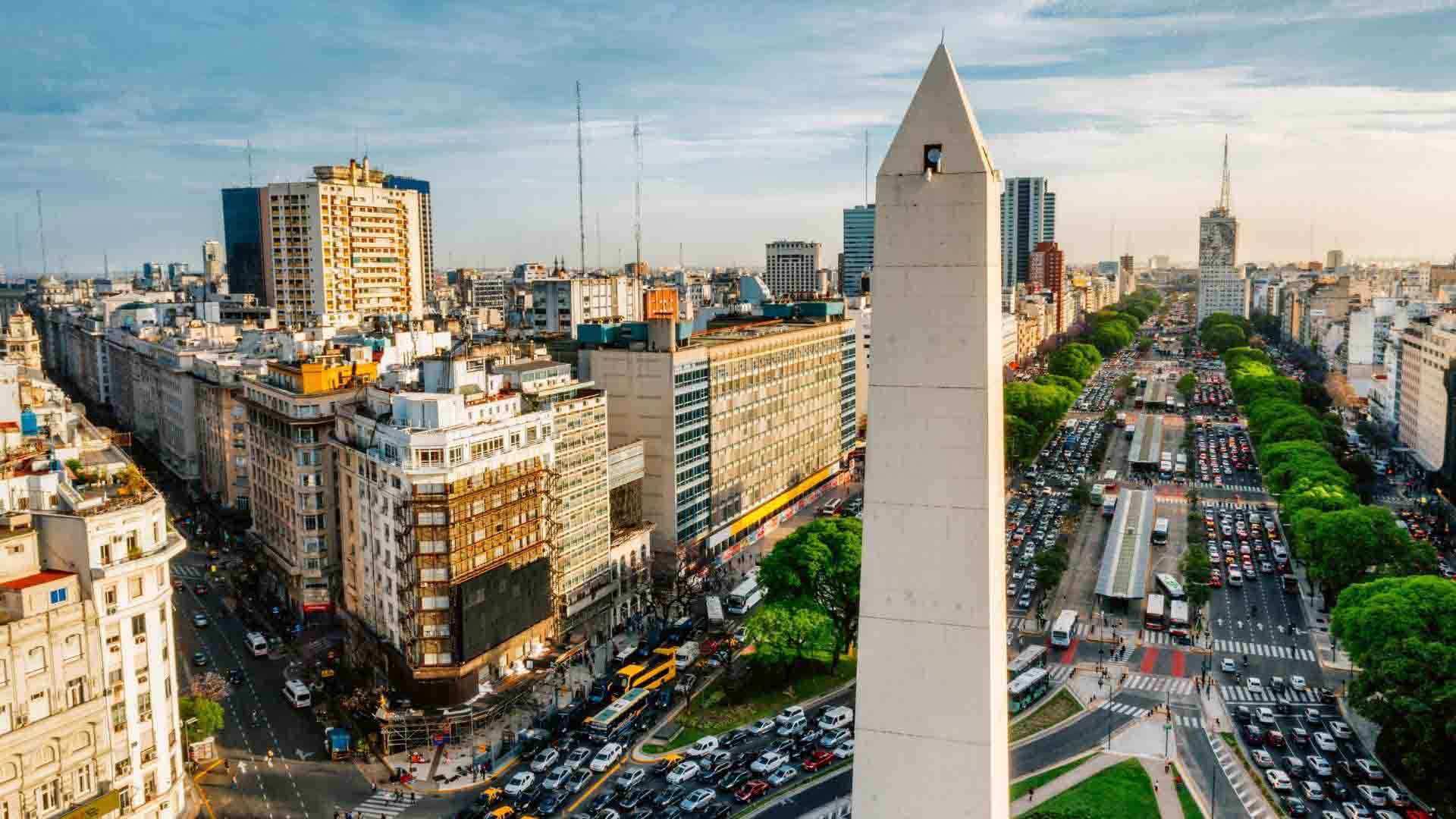 Discover Argentina
Discover Argentina
Explore Argentina over 9 days, visiting Buenos Aires, the Perito Moreno Glacier, and Iguazú Falls. The itinerary includes guided tours, boat trips, and scenic hikes for an unforgettable experience.
From $2,730.00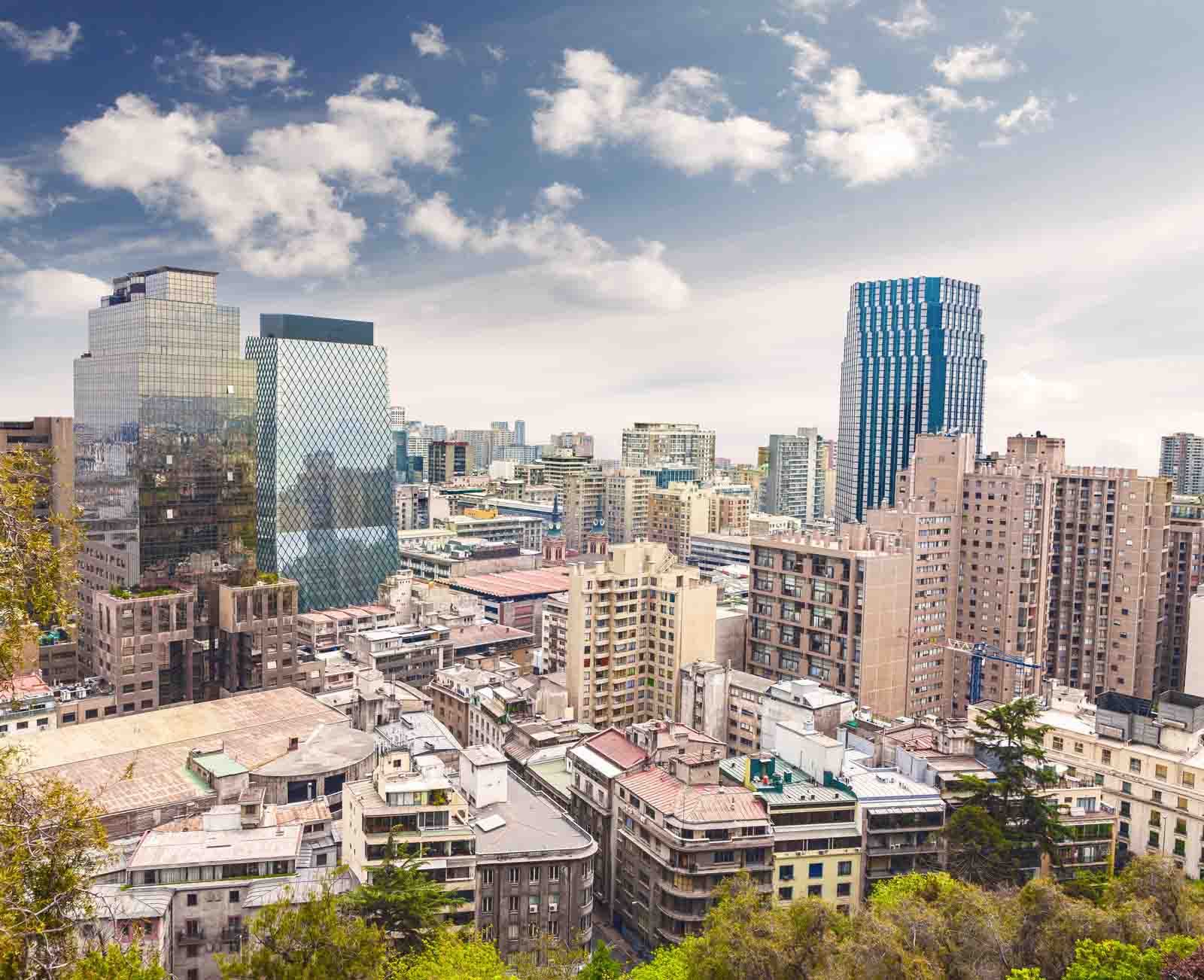 Discover Chile & Argentina
Discover Chile & Argentina
Experience Chile and Argentina in 13 days, exploring cities, lakes, and mountains from Santiago to Buenos Aires. Enjoy vibrant cultures, scenic landscapes, and guided tours.
Request a quote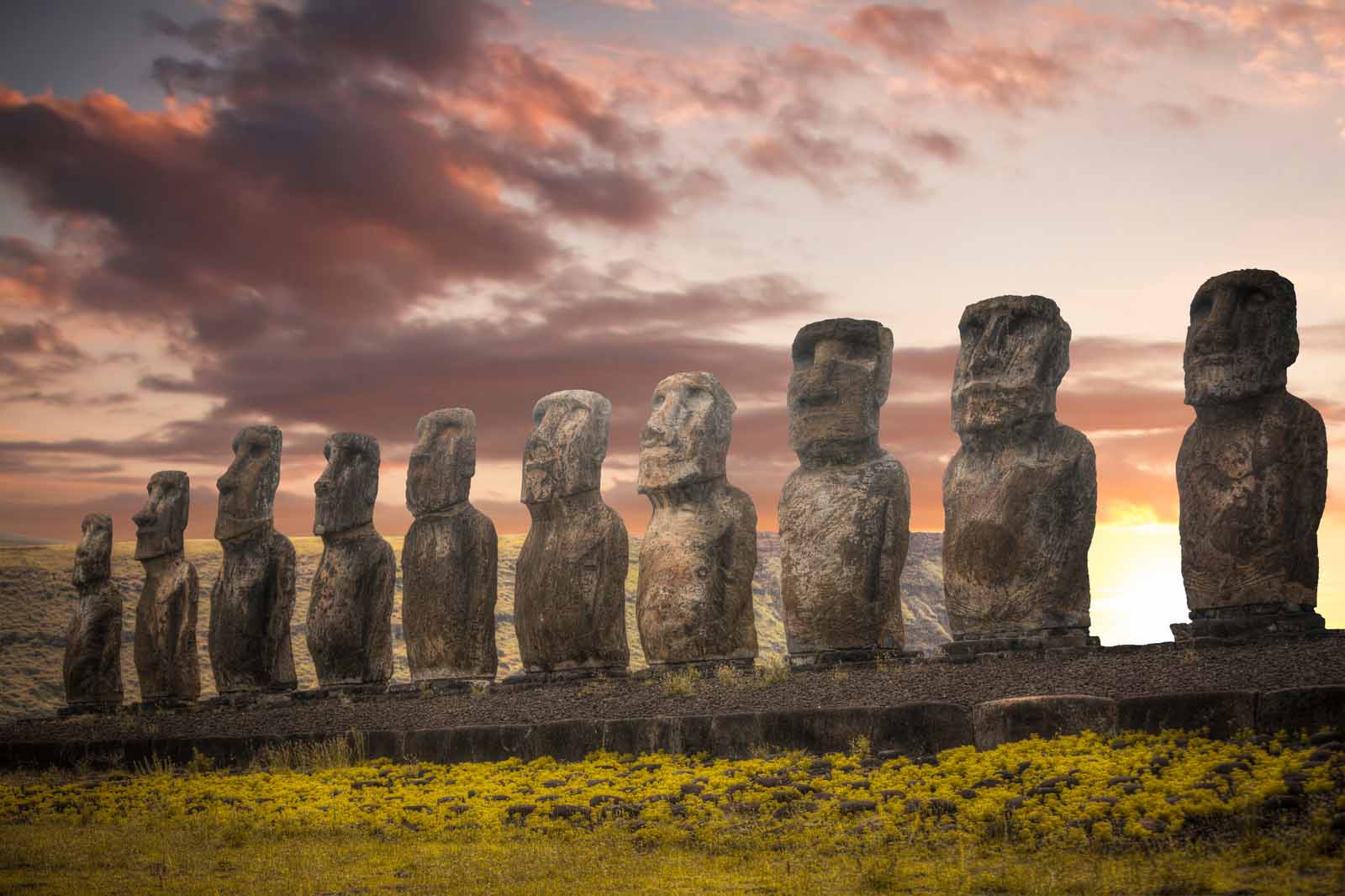 Chilean Patagonia
Chilean Patagonia
Discover Chile's top destinations, from Easter Island's moai statues to Patagonia's glaciers and wildlife. Enjoy guided tours and comfortable stays on this 10-day adventure.
From $3,650.00Imagine tasting a juicy Argentine steak paired with a robust Malbec wine while listening to passionate tango music in Buenos Aires. Or how about strolling through Santiago's bohemian neighborhoods filled with art galleries showcasing local talent? Maybe even joining in on 'candombe' drumming sessions in Montevideo that pulsate with Afro-Uruguayan rhythms?
This isn't just vacation; it's experiencing life as locals do.
In Chilean culture, there’s an ingrained respect for nature borne out of its dramatic landscapes—from Atacama Desert’s vast salt flats to Patagonia's ice fields. The Mapuche people's influence is evident here—think handwoven textiles richly dyed using native plants or savoring traditional dishes like 'curanto.'
Moving over to Argentina, one word comes up often: passion. This manifests itself not only in their dance (tango) but also football rivalries (Boca Juniors vs River Plate anyone?), mouthwatering steaks ('asados'), captivating folklore tales handed down generations—and let's not forget—the vineyards yielding world-class wines.
Last but certainly not least is tiny yet mighty Uruguay—with Montevideo’s thriving arts scene featuring murals that colorfully narrate historical events; quaint seaside towns such as Punta del Este drawing beach lovers; and the tradition of 'mate'—a herbal drink shared communally, symbolizing friendship.
The beauty of traveling in South America's southern cone lies not just in its varied landscapes but also within the hearts of people who welcome you with open arms into their vibrant cultures. You'll leave richer for having experienced life as they do.
A Rich cultural scene:
Dive into the rich tapestry of South America's southern cone. Embrace Chilean respect for nature, Argentina's passionate culture, and Uruguay's thriving arts scene. It’s more than a vacation – it’s living life as locals do. This journey will leave you richer with unforgettable cultural experiences.
Year-Round Travel Opportunities in Tropical and Subtropical Regions
South America is a treasure trove of diversity, offering travel opportunities that span across various climates. Yet, its tropical and subtropical regions particularly stand out for their year-round appeal.
Tropical Wonders Await
Imagine the warm sun on your skin as you wander through lush rainforests echoing with wildlife calls. The tropics offer a paradise where summer never ends. This equatorial wonderland provides travelers with an array of experiences all-year round, from pristine beaches to thriving jungles teeming with biodiversity.
In these parts of South America, you're not bound by seasonal restrictions; instead every day feels like an endless adventure. Take the idea of a vacation in Ecuador, for instance: nestled right at the equator it offers stunning destinations such as the Amazon Rainforest and coastal towns like Guayaquil.
The tropical climate ensures consistent temperatures throughout the year making Ecuador perfect for exploration anytime you fancy.
Peru's vast Amazon region also invites adventurers into its heart no matter what time of year it is. Canoe down mighty rivers surrounded by dense foliage or meet indigenous communities who've made this forest their home - there's always something amazing happening here.
Catching Sunrays in Subtropics
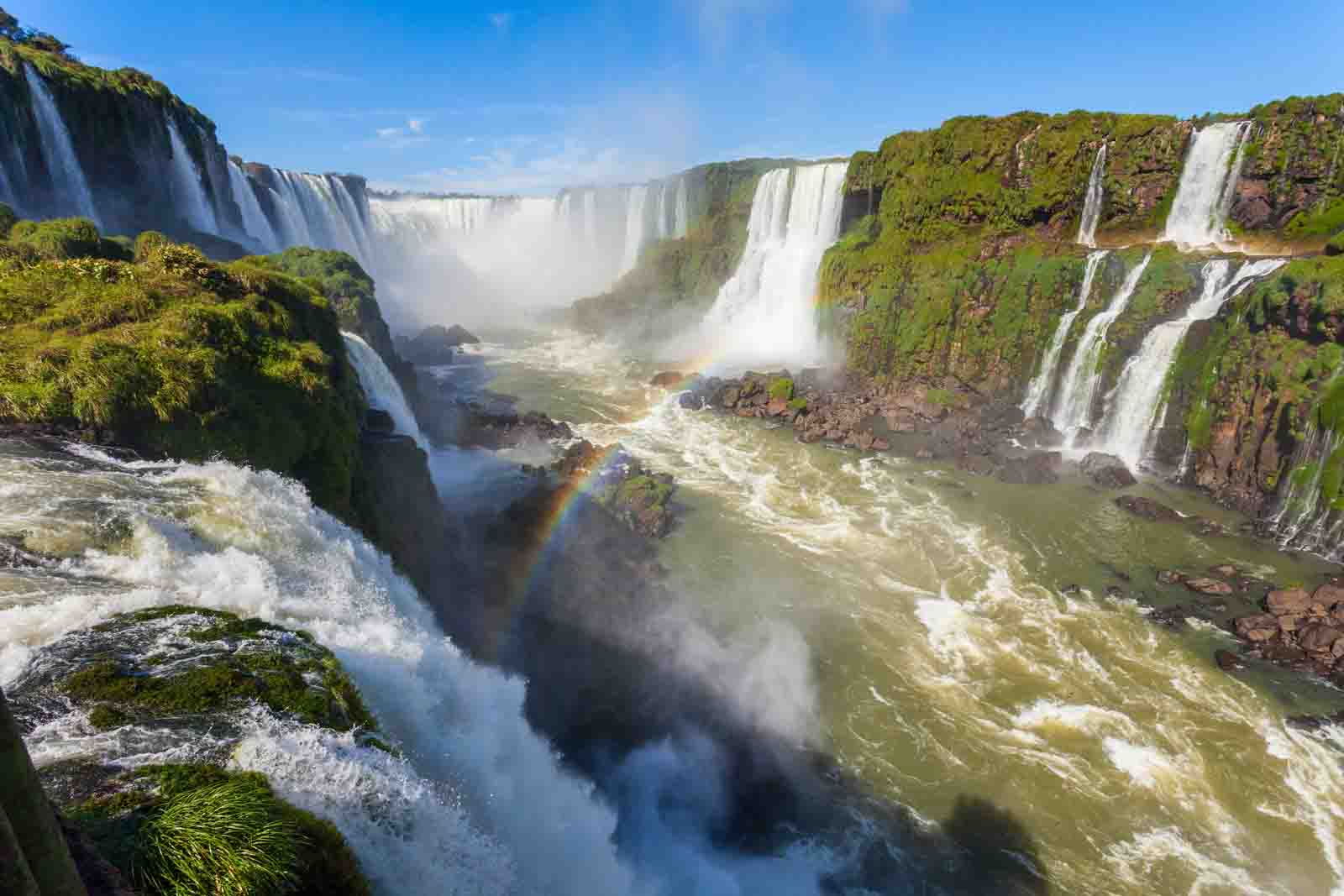
If variety spices up life then subtropical areas are surely zesty hotspots. These climatic zones present contrasting weather patterns but they remain largely accessible throughout the entire calendar.
For example, Brazil and Argentina’s Iguazu Falls bordering both countries, can be visited any month without worrying about extreme weather conditions interfering your plans.
But why stop at waterfalls? Argentina's diverse landscapes include the wine region of Mendoza, vibrant Buenos Aires and Patagonian glaciers. Each offering unique experiences that don't depend on the time of year.
Whether it's the ancient ruins of Machu Picchu or the Amazon rainforest teeming with life, Peru offers an unforgettable adventure.
Peru and the Incas:
The mystical Machu Picchu. Whether you're into nature, history, or culture, these places have got it all. You'll find everything from awe-inspiring waterfalls to ancient ruins that tell tales of times long past. So pack your bags and let South America take you on an unforgettable journey.
Patagonia's Winter Accessibility
The wild beauty of Patagonia, a region straddling the lower sections of Chile and Argentina, has been enticing explorers for centuries. Yet when winter cloaks this vast landscape in snow and ice, accessibility can become an issue.
Winter Challenges in Patagonia
Navigating the rugged terrain becomes significantly more difficult during the deepest winter months. The higher altitudes see heavy snowfall which can block roads and trails leading to some popular sites like Torres del Paine National Park or Perito Moreno Glacier.
Besides transport issues, many accommodation options may also close down during these off-peak times due to fewer visitors making it uneconomical to remain open. Consequently, planning a trip requires extra care with Voyagers Travel Company.
This doesn't mean that travel is impossible though. Certain areas do stay accessible even at the height of winter – think Ushuaia or Punta Arenas. But they are usually busier because tourists concentrate there when other places are closed off.
A visit during wintertime presents unique opportunities too: you could get lucky with clear skies providing fantastic views on crisp days; wildlife sightings (particularly penguins) increase as animals breed; plus prices tend to be lower since it’s off-season.
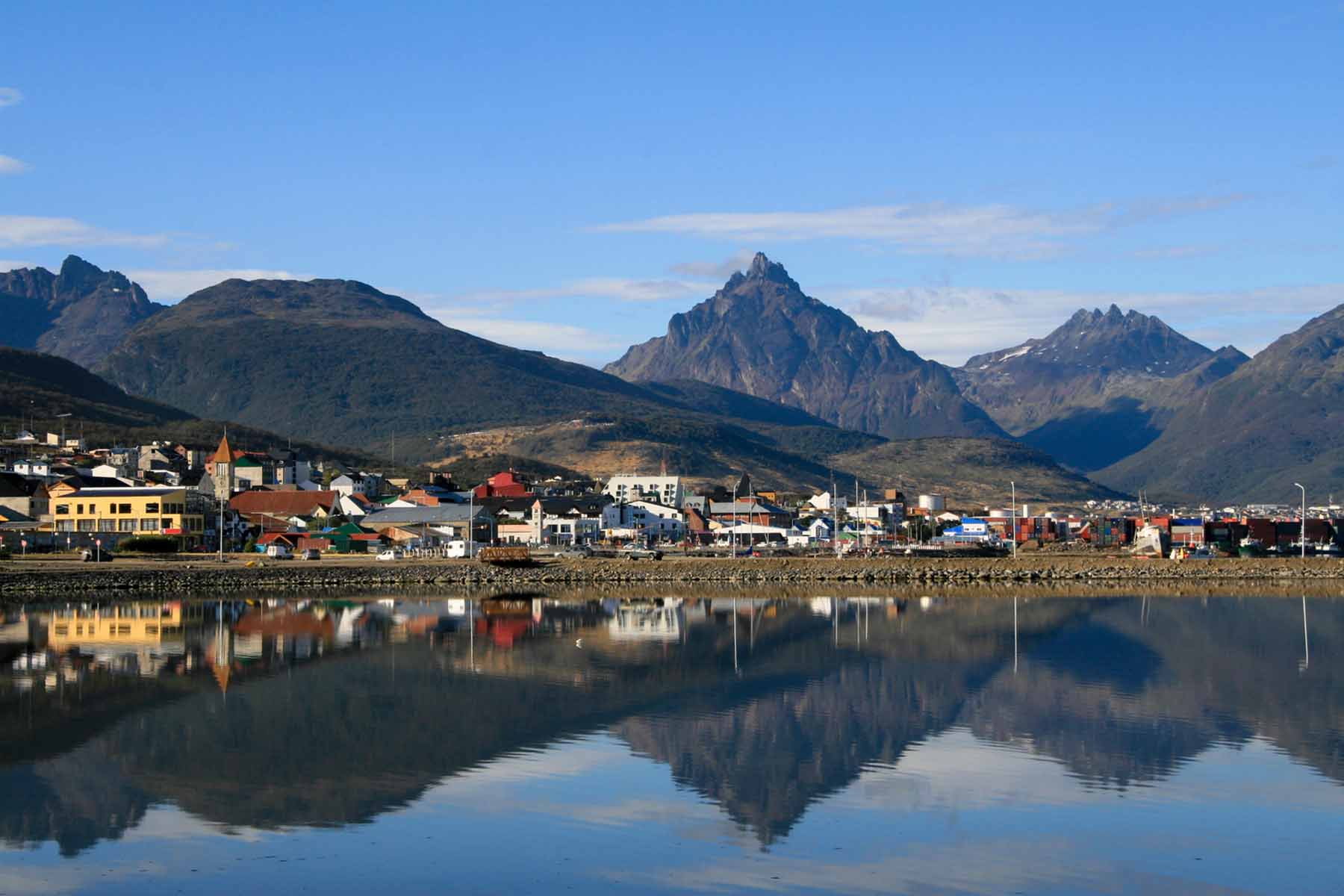
Finding Alternative Routes
If your heart is set on visiting those parts of Patagonia partially inaccessible in deep winter, all hope isn’t lost. Many tour operators offer alternative routes allowing travelers access into these areas via different means such as horseback riding or guided hikes.
It may be worth consulting with one of our seasoned travel planners to get the most current information. You know, Voyagers Travel Company has a pretty big network of contacts throughout both Argentina and Chile.
Embracing Shoulder Season Travel
The shoulder season, often overlooked but surprisingly rewarding, is the sweet spot for travel in South America. Let's explore why late spring (October - early December) and early fall (April and May) are seen as ideal times to plan your adventure with Voyagers Travel Company.
The Advantages of Shoulder Season Travel
If you're asking when to visit South America, it might be time to consider the advantages of traveling during these "shoulder" periods. One major perk? The weather. You can enjoy moderate temperatures that make outdoor activities a delight.
Ever dreamt about exploring Machu Picchu without jostling through crowds or visiting Galapagos Islands while they're at their quietest? It’s more possible during the shoulder seasons. Fewer tourists mean less crowded attractions, giving you ample space to absorb all that beauty at your own pace.
Say goodbye to peak-season prices too. During this period there may be deals available which allow for better value on everything from flights and hotels to tour packages. Who doesn't love saving some bucks?
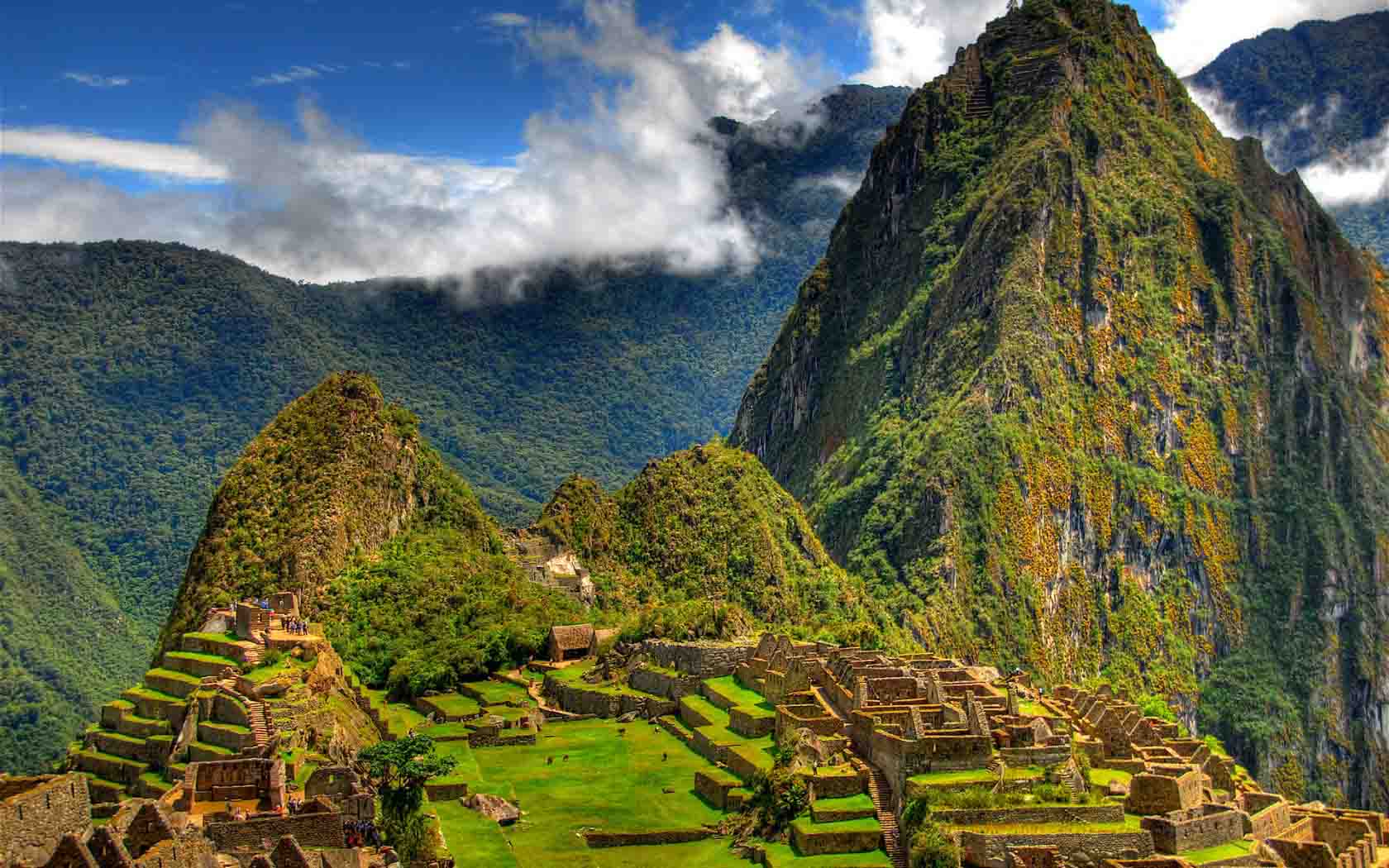
Captivating Countries in Comfortable Climes
This transition period between high and low seasons brings milder conditions perfect for exploring vibrant countries like Argentina, Chile or Peru (check out our Peru tours here). Whether it's trekking up Andean peaks or wine tasting in Mendoza – neither scorching heat nor freezing cold will interrupt your plans.
In places like Ecuador (learn more about our Ecuador tours), where climate can be unpredictable, the shoulder season offers a balance between rain and sunshine. This makes for great wildlife viewing in places like the Amazon Rainforest or cloud forests.
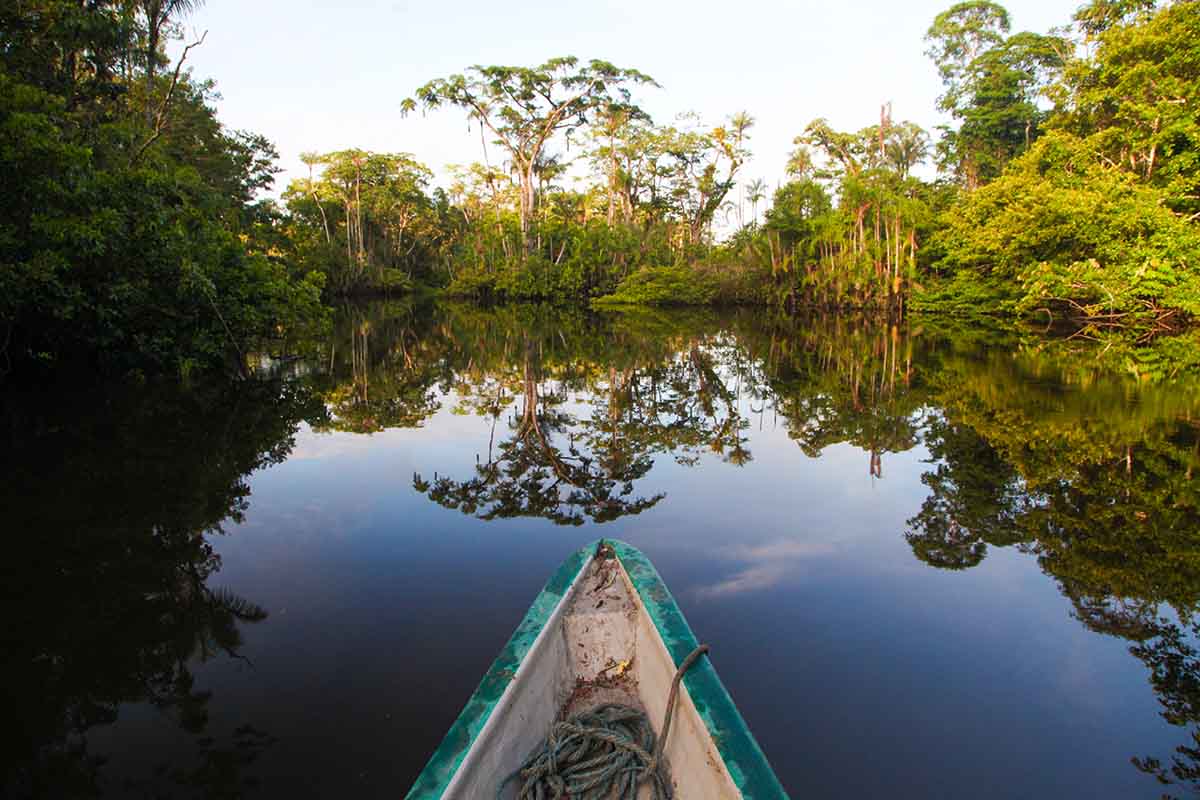
Exceptional Experiences with Enhanced Accessibility
South America's allure doesn't diminish in these months, it just takes on a new persona. As the seasons shift, they drape the landscapes in varying colors. This gives you a chance to snap some truly unique photos that wouldn't be possible at any other time.
Travel the shoulder season:
Don't overlook the shoulder season for travel in South America. Late spring and early fall offer moderate weather, fewer crowds, and potential savings on your journey. Explore Argentina, Chile or Peru under milder conditions perfect for outdoor activities. With shifting seasons come unique landscapes - a photographer's dream.
Witnessing Nature's Spectacle in the Far South
If you're looking for a visual feast, the far south of South America offers an incredible show. Imagine being surrounded by fields ablaze with spring flowers or forests aflame with fall colors during the shoulder season. It’s as if nature has thrown open its paintbox and let loose.
A Floral Feast for the Eyes
South America, particularly its southern region, is home to countless species of wildflowers that burst into bloom each spring. If your idea of heaven involves endless fields carpeted in color under clear blue skies, then plan a trip during this time.
In places like Argentina's Patagonia region or Chile’s Torres del Paine National Park – famous not only for their dramatic landscapes but also their rich flora – witnessing these floral displays can be nothing short of magical. You’ll find yourself lost amidst giant lupines towering over your head one moment, while admiring tiny orchids nestled among rocks next.
Beyond flowers though, there are other reasons why visiting Patagonia in Spring makes sense: less crowded trails; milder weather perfect for outdoor activities; longer daylight hours giving you ample time to explore; and diverse wildlife sightings including whales off Peninsula Valdes’ coast. All things considered - who wouldn't want to witness such natural spectacle?
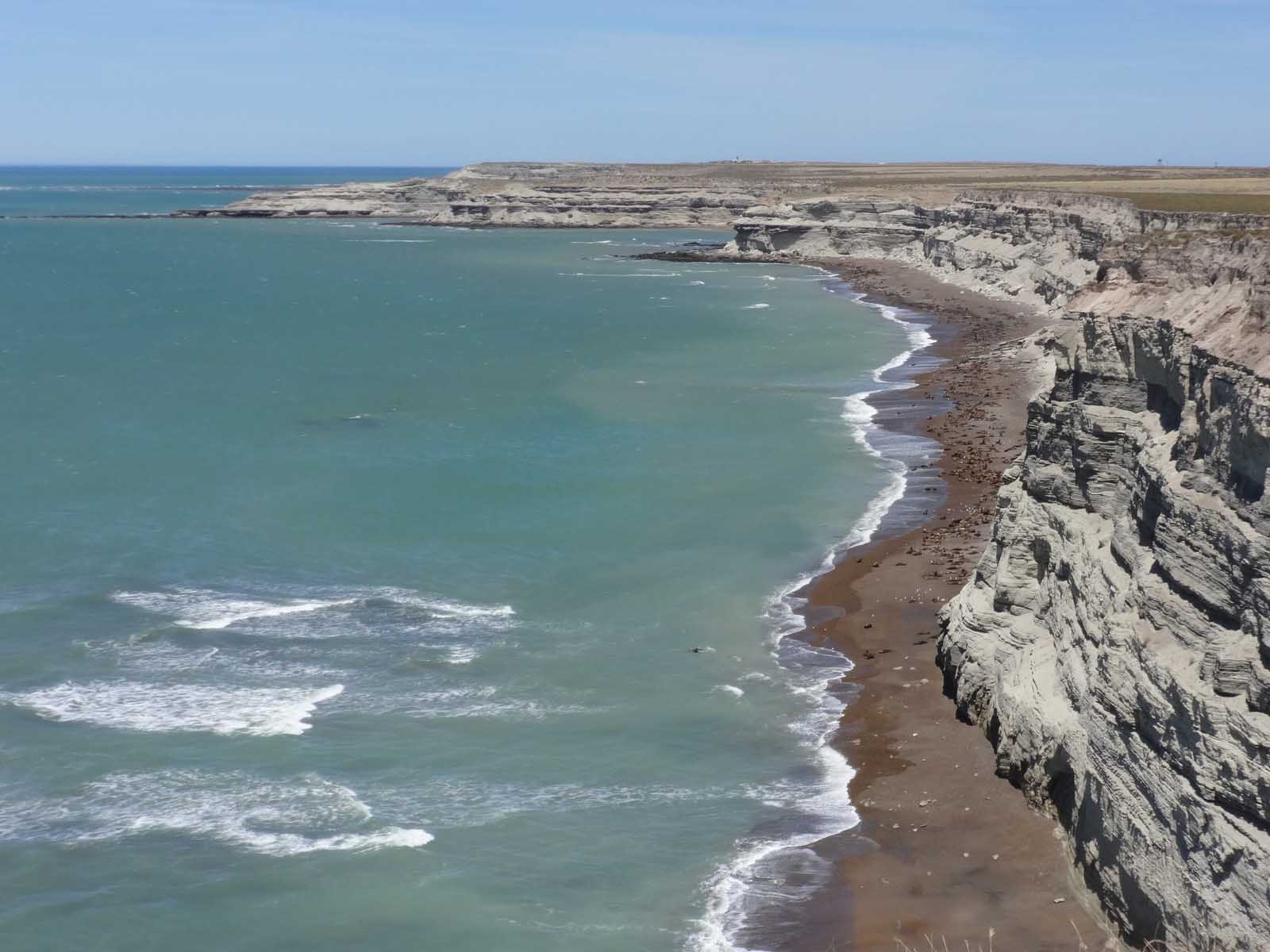
Autumn's Palette in the South
On the other hand, if you can’t make it for spring blooms, worry not. Autumn paints an equally mesmerizing picture. The view of the landscape shifts from green to a dazzling array of russet, tangerine and lemon hues that will leave you in awe.
Floral feasts and a Palette of colors:
Experience nature's spectacle in South America's far south during the shoulder season (late spring and early fall). Marvel at fields exploding with vibrant wildflowers, less crowded trails, milder weather for outdoor activities, longer daylight hours for exploration and diverse wildlife sightings. Alternatively, witness autumn's breathtaking palette of reds, oranges and yellows amidst serene surroundings.
FAQs in Relation to Best Time to Visit South America
When and where is the best time to visit South America?
The best times are late spring (October - early December) and early fall (April-May). Destination depends on personal preference, but shoulder season offers moderate temperatures.
What time of year is cheapest to go to South America?
Cheapest travel usually falls in off-peak seasons. Check specific country details as timing varies across regions.
What is the rainy season in South America?
Rainy season differs per region. Tropical areas often experience heavy rainfall from October through May while southern regions see rain during winter months.
What months are cheapest for South America?
Pricing can be lower during each region's low-season. This typically occurs outside popular travel periods like Christmas or Easter holidays, and outside peak weather windows. The shoulder season tends to be cheaper.
Conclusion
Voyagers Travel can help you pick the best time to visit South America
Realizing a journey to South America is an aspiration for numerous people, you are now armed with the information necessary to make that ambition become reality.
The best time to visit South America? It's not as straightforward as you might think. Remember how seasons reverse below the equator? That changes everything!
Sure, some areas like tropical Brazil or subtropical Argentina are welcoming year-round. But don't forget about Patagonia in winter - it becomes a real challenge!
And who can ignore shoulder season? With fewer crowds and moderate temperatures, late spring (October-early December) and early fall (April-May) could be your new favorite times to explore this stunning continent.
You're ready now! Pack those bags; an unforgettable journey awaits. Contact a travel planner at Voyagers Travel and start organizing your dream vacation!

